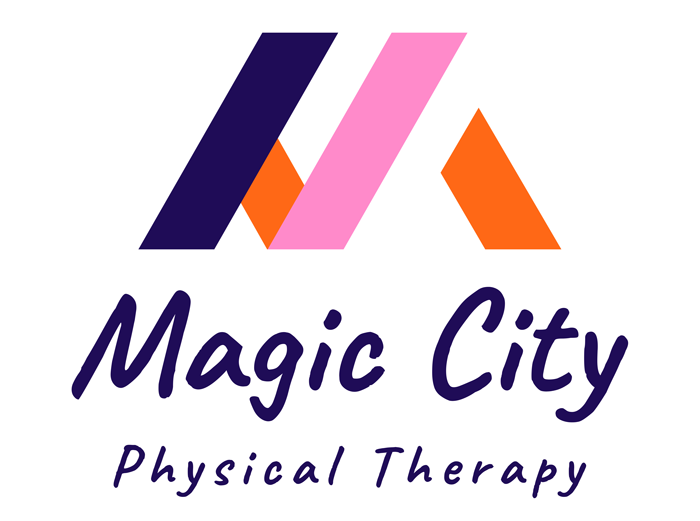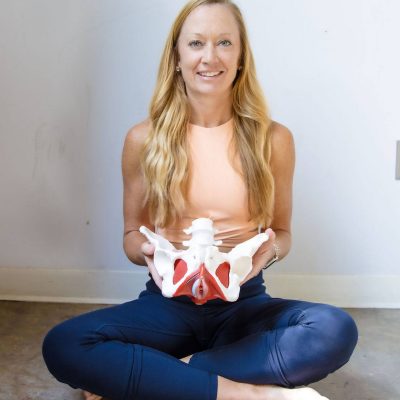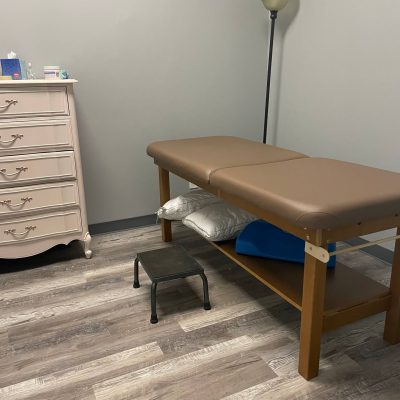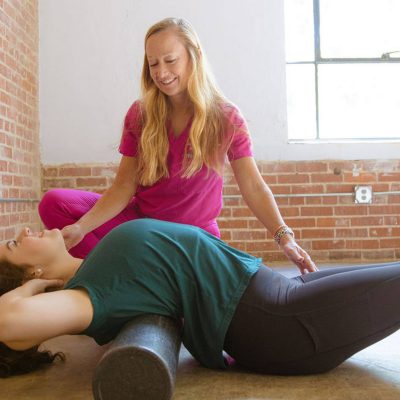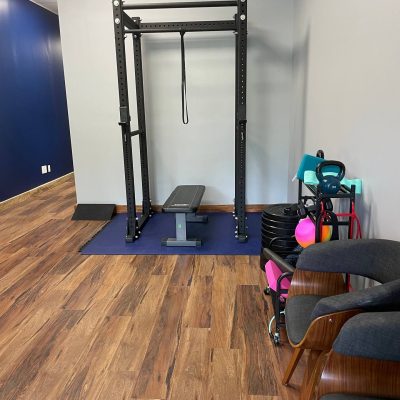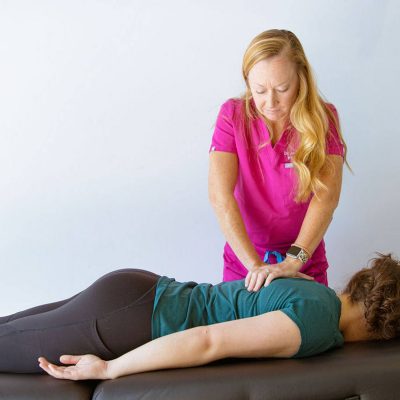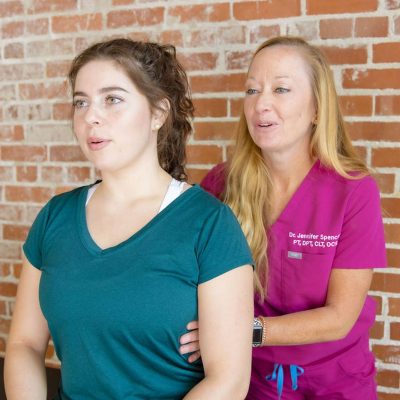As a pediatric pelvic floor physical therapist, one of the more surprising and often misunderstood conditions I treat is stress urinary incontinence (SUI) in children. While most people associate SUI with adults—especially postpartum women or older individuals—it’s important to know that kids can experience it too. And although there are similarities in how we approach treatment for children and adults, there are key differences—particularly in the type of therapy we use.
What is Stress Urinary Incontinence?
Stress urinary incontinence is the involuntary leakage of urine during physical exertion—think coughing, laughing, jumping, running, or sports activities. In adults, it’s often linked to pelvic floor dysfunction, commonly from childbirth, surgery, or aging. In children, however, the causes are more nuanced and often involve delayed pelvic floor muscle coordination, core instability, and high intra-abdominal pressure strategies during movement.
Children with SUI may not be able to describe what’s happening clearly. Parents might notice their child leaking during sports or coming home from school with damp underwear, and it’s often brushed off as “just an accident” or something they’ll grow out of. But when leakage is persistent, it’s a sign that their bodies need some support.
Treatment Approaches: Pediatric vs. Adult
While the underlying principles of pelvic floor physical therapy are consistent across age groups, the methods and techniques we use vary significantly.
Internal vs. External Therapy
One of the biggest differences in treating SUI in children is that we do not perform internal pelvic exams or internal pelvic floor muscle work. This is a cornerstone of adult pelvic PT—where internal assessments help us evaluate pelvic floor tone, strength, and coordination directly. But in pediatric care, we rely on external observation, movement analysis, and child-appropriate biofeedback tools to assess function.
Instead of internal work, we focus on global movement patterns that support the pelvic floor indirectly. This includes working on postural control, breathing mechanics, and core strength—what we call the “pressure system.”
Pressure Management and Breath Mechanics
Managing intra-abdominal pressure (IAP) is crucial in treating SUI in both adults and children. Often, kids with SUI are unknowingly bearing down or breath-holding during physical activity, creating downward pressure on the bladder and pelvic floor.
In therapy, we teach kids how to coordinate their diaphragm, core, and pelvic floor muscles through age-appropriate breathwork, games, and movement drills. We might play with blowing bubbles, pinwheels or kazoos, or animal breathing exercises to make the work fun and relatable. In adults, we still coach diaphragmatic breathing, but the language, tools, and feedback methods are more mature.
Force Absorption and Movement Re-Training
Running, jumping, and high-impact sports place a demand on the body’s ability to absorb force efficiently. In both kids and adults, poor force absorption (think: stiff landings or poor alignment) can overload the pelvic floor. But again, the way we train these mechanics looks different.
With children, we often address:
- Jump and landing mechanics using visual cues or play-based drills
- Core and hip strength through obstacle courses or coordination games
- Balance and proprioception through fun challenges (e.g., hopping on one leg, animal walks)
Adults might perform similar drills, but with resistance, repetition tracking, and goal-specific modifications. With kids, we keep things engaging while subtly targeting the neuromuscular patterns that support continence.
Return to Sport and Confidence Building
Just like with adults, returning to sport or exercise confidently is a major goal. A child who leaks during soccer or gymnastics might feel embarrassed, anxious, or even withdraw from activities they love. Our job as pediatric pelvic PTs is not only to improve their muscle function but also to rebuild confidence and body trust.
We do this by:
- Creating gradual return-to-play programs that support continence
- Teaching pre-activity strategies, like timed voiding or diaphragmatic breathing before sport
- Using positive reinforcement and normalization to reduce shame
In adults, confidence building is still part of the process, but we’re often undoing years of movement habits or postnatal changes. With kids, we’re teaching these skills early, setting them up for long-term success.
Final Thoughts
Stress urinary incontinence in children is more common than many realize—and absolutely treatable. The key is recognizing that even though children’s bodies are different from adults’, they still benefit from the foundational principles of pelvic floor care: pressure management, force absorption, and functional training.
As pediatric pelvic floor therapists, we bring a child-centered lens to treatment—one that honors their development, curiosity, and need for movement-based, non-invasive care. If your child is experiencing stress incontinence, know that you’re not alone—and there are gentle, effective ways to help them move, play, and thrive without fear of leaking.
